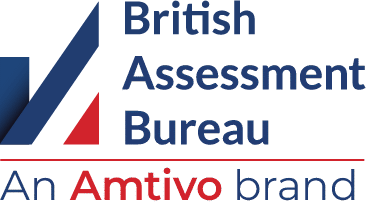1. Get ready for certification
As a first step, it is important to become familiar with ISO 45001 requirements. These are essential for structuring your OH&S Management System efficiently.
You will need to conduct a gap analysis to identify areas of non-compliance and opportunities for improvement in your current OH&S Management System when compared with ISO 45001 standards. As a starting point, you may want to download our free ISO 45001 checklist and evaluate where the gaps might be.
After this, you can develop an implementation plan, train employees on health and safety practices, and establish documentation to meet the standard’s requirements. We have a range of ISO 45001 training courses designed to support all levels of expertise.
Get the official ISO 45001 standard documentation from the International Organisation for Standardization (ISO).
2. Gather documentation
Proper documentation is essential for an effective and ISO-compliant OH&S Management System. This documentation acts as a record of your organisation’s occupational health and safety goals, processes, steps towards certification and direct results.
Key documents include:
- Your OH&S scope
- Occupational health and safety policies
- Risk reports and mitigation plans
- Roles and responsibilities
- OH&S objectives
All documentation must be accessible and available to read when any relevant person requires it.
3. Put your OH&S Management System into action
You can now begin rolling out your compliant, documented OH&S Management System. As you do so, it’s key to communicate all changes clearly so that employees understand their responsibilities and follow the new processes.
Any employee challenges should be addressed promptly throughout the rollout, and resources should be provided freely.
4. Undergo an internal audit
An internal audit is essential for the success of an integrated OH&S Management System, and this must be undertaken before your Stage 2 assessment.
A qualified in-house or external auditor can conduct this internal audit of your OH&S Management System to identify areas that do not comply with ISO 45001 requirements.
You should consider the internal audit’s findings and make necessary improvements and adjustments before your Stage 2 assessment to ensure your management system meets ISO 45001’s requirements.
Top tip: Developing an audit schedule and checklist can support you in maintaining your system’s effectiveness and comprehensiveness.
5. Complete the certification process
The certification process begins with a Stage 1 assessment, where an independent certification body will conduct an assessment of your management system and provide you with an audit report that highlights any gaps between what you have in place and what the standard requires – this is often referred to as a gap analysis report.
Once you have addressed any gaps identified in the Stage 1 assessment, you can schedule the certification audit, called the Stage 2 assessment, with your chosen certification body. This involves thoroughly evaluating your OH&S Management System against ISO 45001 requirements.
Successfully passing this audit demonstrates your organisation’s commitment to risk management and maintaining a secure, safe working environment. As a result, you will enhance your organisation’s reputation among stakeholders and new clients.
Once you have achieved ISO 45001 certification, continual improvement is key. To maintain your certification, we’ll arrange an annual assessment to ensure it remains current.


